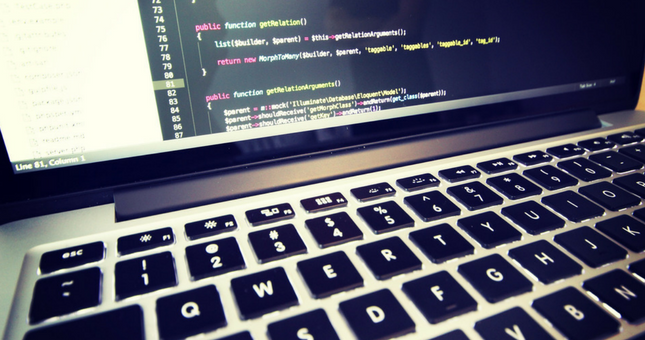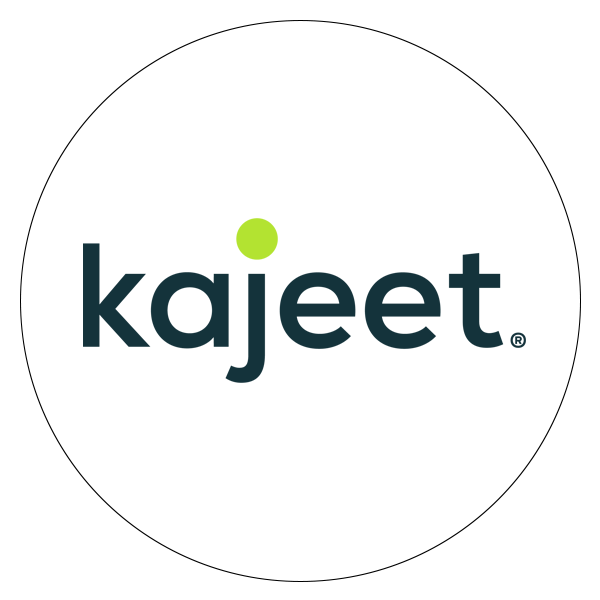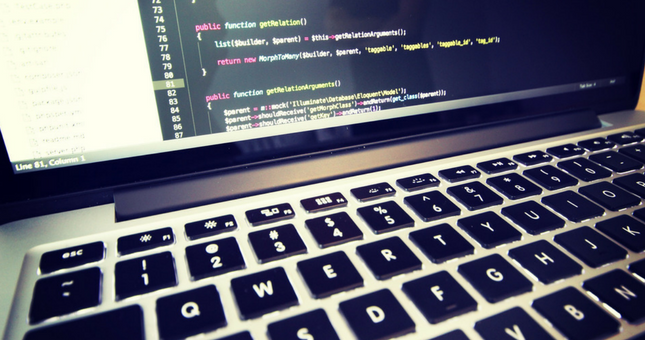 For decades, coding was seen as a rare, complicated skill that only few people understood and practiced. For many of us, it seemed impossible to organize all those endless strings of numbers and characters, and to create entire programs and systems that govern our everyday lives. Coding was – and in some cases, still is – a strange, mysterious form of magic.
For decades, coding was seen as a rare, complicated skill that only few people understood and practiced. For many of us, it seemed impossible to organize all those endless strings of numbers and characters, and to create entire programs and systems that govern our everyday lives. Coding was – and in some cases, still is – a strange, mysterious form of magic.
But that was then.
Now, coding is growing in popularity. So popular, in fact, that children from elementary to high schools across the country are learning how to code – an education that can strengthen their digital literacy skills and prepare them for a future with more career options.
According to Wired magazine, coding is anticipated to become not an ivory-tower skill but an everyday one, which will only increase in importance in the future. Consider two figures highlighted in the recent Wired article.
In the future as more jobs require coding skills, schools will need to address the increasing demand for coding as a core topic in K-12. It’s a subject students need to know in order to better understand and live in our increasingly tech-focused world. It’s a subject that should have its own dedicated class. And, as the Wired article suggests, it’s a subject that doesn’t need to be taught at the college level in advanced computer science classes; it can be taught as a vocation to give students job opportunities as soon as they graduate high school.
There are additional benefits to coding instruction other than preparing students for careers. The benefits aren’t just practical – they’re intrinsic as well. As with other digital skills, coding contains the seeds for everything from problem-solving to ethical responsibility, as well as mathematics and language.
SimpleK12 reprinted a fun infographic that highlights 10 central arguments for teaching students coding from an early educational age. Here are just four of the reasons they mention.
What may have been commonly perceived as a monotonous and in-the-weeds task has lately been transformed; the wealth of digital resources (both in the classroom and at home) to help students discover, learn about and practice coding has made coding fun and exciting. It’s not just something students have to learn – it’s something they want to learn.
According to EdSurge, there are different games, apps, lessons, programs and resources to help students explore and master different areas of coding. The names alone of these diverse resources are fascinating and futuristic. (Some of them, in fact, are free.)
Of course, the foundation for any coding education, at any grade level, is broadband Internet connectivity.
This is important to have both in the classroom, where students and teachers can reap the benefits of the latest coding-related tools and technology, and outside the classroom, where students can practice lessons, complete homework and explore the avenues of coding that speak to their particular interests.
After all, the best kind of young coder is a constantly connected coder.


